

In accordance to the usual convention disorder, the scheduled, public demo for the next edition of Dungeons & Dragons never happened–ace scheduling, AWA. But by the time this was made apparent, I was already trapped in the ‘RPG Gaming Hotel’, so seeking alternatives was a good option. Hours remained before the Return to Ravnica pre-release game began, but I did notice a secluded table in the back with just a few people at it, hosting a card game called Whack-A-Catgirl by Asmadi Games.
WAC seems tailor made for anime conventions with every card poking fun at some aspect of the many rabid fans that populate one; though I must have seemed crazy at first because I haven’t played a non-collectible card game in years. After my awkward TCG-caveman phase, though, everything picked up in pace rather quickly. The mechanics were simple enough: get items for your arsenal, use one for bait, the other for a weapon, then cash them in for points and repeat. However, nearly every card in the deck has some kind of effect you can activate instead of using it for the standard bait-and-whack procedure, and after 10 minutes of play, no one had whacked even a single catgirl, we were all occupied by using the cards’ effects to screw everyone else up (a move that still lets you score a card for points)!
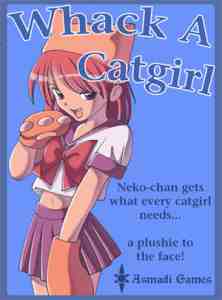 No matter how simple the rules may appear, though, each one serves a massive purpose in the overall scheme of the game. For instance, in your turn, you may use cards in your arsenal (which anyone can see at all times), or take a card from a set of six that are randomly drawn from the deck, and laid out for all to see. When one is taken, it is replaced by the next card in the deck. But the six cards are divided into two rows: Premium and Discount–the former can only be taken from if you have no other items, while the latter can be taken from by anyone on their turn. Coming into the game, and hearing this rule, I assumed the Premium rack would just contain cards that are objectively better than all the others, only to yet again be proved wrong. Any cards from the entire deck can find themselves on either rack; the advantage of the Premium rack is being able to take cards from a pool twice the size of everyone else’s. Many strategies in WAC are realized by playing multiple cards together–be that scoring a ‘Bucket of Water’ to get a massive amount of points from your Fish cards, or by snatching up all 3 ‘Fan Service’ cards to double your end score–making a wider card pool a huge advantage over your opponents.
No matter how simple the rules may appear, though, each one serves a massive purpose in the overall scheme of the game. For instance, in your turn, you may use cards in your arsenal (which anyone can see at all times), or take a card from a set of six that are randomly drawn from the deck, and laid out for all to see. When one is taken, it is replaced by the next card in the deck. But the six cards are divided into two rows: Premium and Discount–the former can only be taken from if you have no other items, while the latter can be taken from by anyone on their turn. Coming into the game, and hearing this rule, I assumed the Premium rack would just contain cards that are objectively better than all the others, only to yet again be proved wrong. Any cards from the entire deck can find themselves on either rack; the advantage of the Premium rack is being able to take cards from a pool twice the size of everyone else’s. Many strategies in WAC are realized by playing multiple cards together–be that scoring a ‘Bucket of Water’ to get a massive amount of points from your Fish cards, or by snatching up all 3 ‘Fan Service’ cards to double your end score–making a wider card pool a huge advantage over your opponents.
 Cards that are not used for combo-scores are crafted with a great deal of balance; consider the card ‘Catboy’. It gives you an infinite supply of bait so you can keep whacking away with all you’ve got, but remains a permanent commodity in your inventory, thus restricting you from using the Premium rack. Isn’t it wonderful when a game’s mechanics just mesh like that?
Cards that are not used for combo-scores are crafted with a great deal of balance; consider the card ‘Catboy’. It gives you an infinite supply of bait so you can keep whacking away with all you’ve got, but remains a permanent commodity in your inventory, thus restricting you from using the Premium rack. Isn’t it wonderful when a game’s mechanics just mesh like that?
One of the most notable features, as I mentioned before, though, is the fantastic pace of the game. In the game I played, there was never a turn where one player just sat and did nothing. If you decide to wait one turn to hope something you want appears on either of the racks, I can almost guarantee you that not everyone else shares your plan–they’ll be stealing items and scoring cards, leaving you in the dust if you’re not lucky. The only let-down for me was the very end–a game ends when there are no more cards in the deck, and it is a real shame too; I was about to unleash the Wombo-Combo…
As a casual pick-up-and-play game, Whack-A-Catgirl holds a very large amount of appeal, and just about everyone playing will get a laugh out of the cards themselves. Presently, a deck of cards (of which only one is needed) can be bought online for small price of $10, plus an expansion pack for another $6.
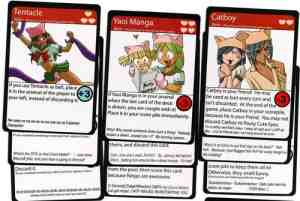
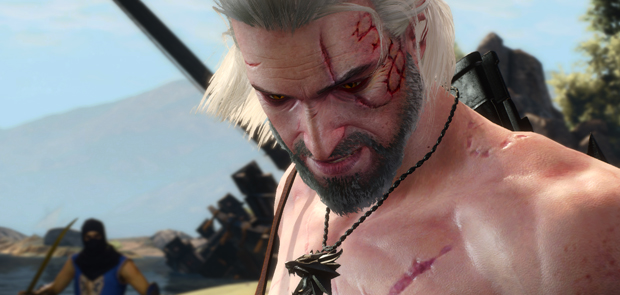
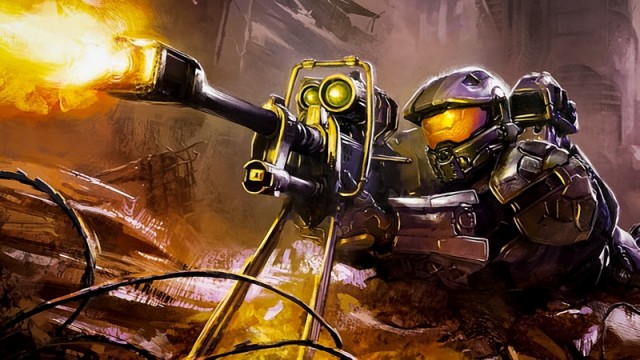
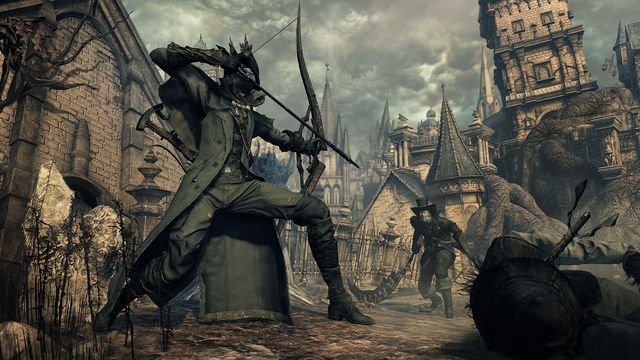
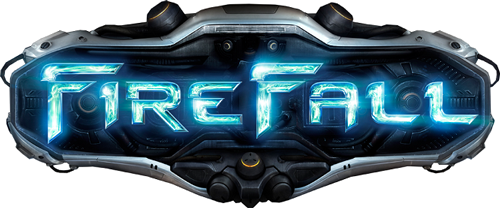
 Review: Razer Chroma Lineup - Deathadder, Kraken 7.1 and Blackwidow 2014
Review: Razer Chroma Lineup - Deathadder, Kraken 7.1 and Blackwidow 2014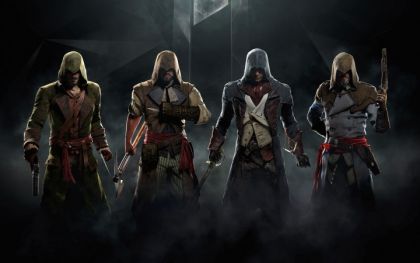 How to Fix Assassin's Creed Unity PC Encrypted game error, ACU.exe Error, Low FPS and Shuttering issue and more
How to Fix Assassin's Creed Unity PC Encrypted game error, ACU.exe Error, Low FPS and Shuttering issue and more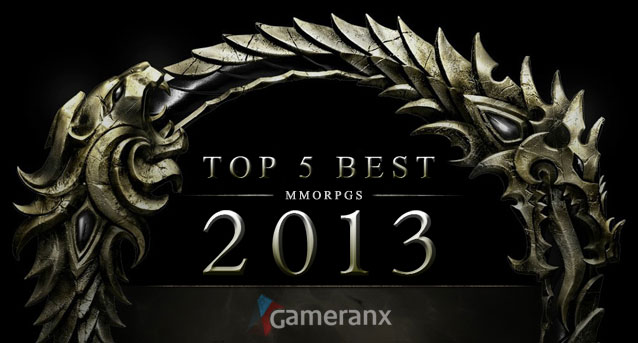 Top 5 Best MMORPGs of 2013
Top 5 Best MMORPGs of 2013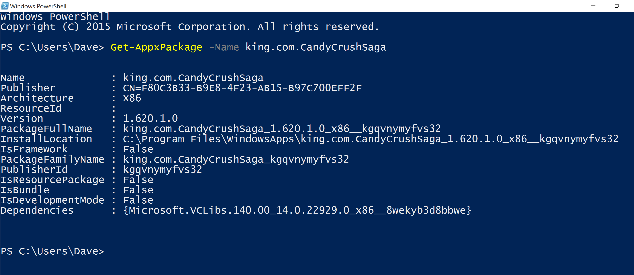 Windows 10 Comes With Candy Crush: Here's How to Remove It
Windows 10 Comes With Candy Crush: Here's How to Remove It The Sims 3: Late Night Guide
The Sims 3: Late Night Guide